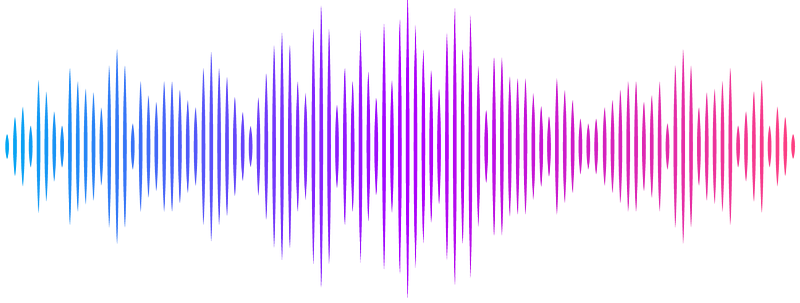Unusual Structural Properties of Switchback DNA

Unusual Structural Properties of Switchback DNA
Madhanagopal, B. R.; Talbot, H.; Rodriguez, A.; Louis, J. M.; Zeghal, H.; Vangaveti, S.; Reddy, K.; Chandrasekaran, A. R.
AbstractSynthetic DNA motifs form the basis of nucleic acid nanotechnology, and their biochemical and biophysical properties determine their applications. Here, we present a detailed characterization of switchback DNA, a globally left-handed structure composed of two parallel DNA strands. Compared to a conventional duplex, switchback DNA shows lower thermodynamic stability and requires higher magnesium concentration for assembly, but exhibits a higher biostability against some nucleases. Strand competition and strand displacement experiments show that component sequences have an absolute preference for duplex complements instead of their switchback partners. Further, we hypothesize a potential role for switchback DNA as an alternate structure for short-tandem repeats involved in repeat-expansion diseases. Together with small molecule binding experiments and cell studies, our results open new avenues for synthetic DNA motifs in biology and nanotechnology.